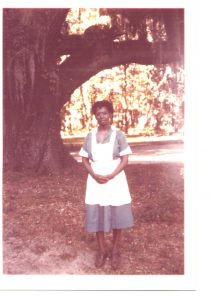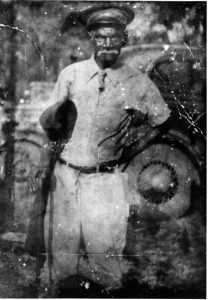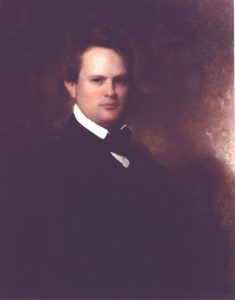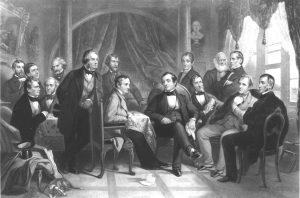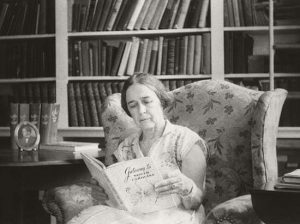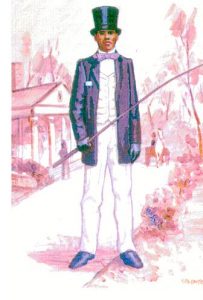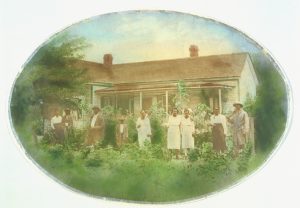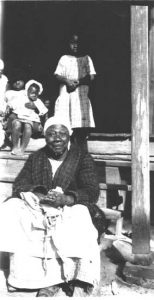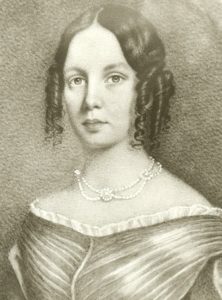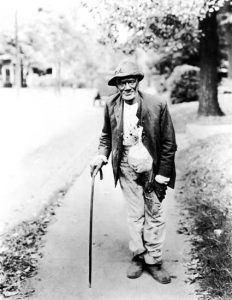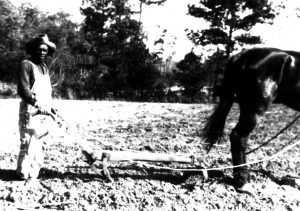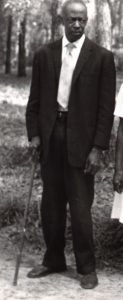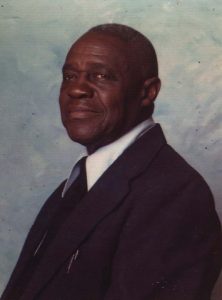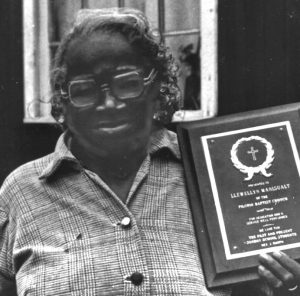OPENING: GATHERING OF BLACK AND WHITE PEOPLE UNDER A LIVE OAK TREE. 01:10
Rhonda (family stayed on), Charles (ancestor accused of burning), and Felicia (stole the labor) reveal themselves and their connection to “this place.”
Felicia describes her relationship to the African Americans at this Gathering and the reason for they have come together. “I wondered after all these years….”
ACT ONE: RHONDA AND CHARLES VISIT FELICIA AT WOODLANDS 03:20
Felicia introduces Woodlands and Rhonda and Charles
Charles with scene in Detroit explains his motivation and introduces us to Isaac Nimmons 04:50
Rhonda scene in New Jersey explains her motivation (raggedy genealogical chart) 06:09
Felicia with scene in Boulder explains her motivation 07:30
Charles and Rhonda and her sister Annette and mother arrive for a visit at Woodlands.
Annette, “you have to work on it everyday.” 09:08
Felicia tells us Rhonda’s great grandmother use to cook for Felicia’s family. 09:38 Rhonda reflects on whether Felicia had known her great grandmother better than she did.
ACT TWO: BREAKFAST: THE CONVERSATION STARTS 10:13
Rhonda, Charles, Felicia and others talk about Felicia’s grandmother’s history book and issues of white superiority and slavery.
Grandmother in 1960s television footage. 10:52
Margaret’s comments, 12:49 “had to make them feel….had to show them how to do it.”
Rhonda and Felicia walk in old field. 13:00 We learn about Jim Rumph, Rhonda’s slave ancestor from her great aunt Dorothy. 13:52
Flash back to Felicia visiting with Dorothy and Mrs. Brown on Dorothy’s front porch where she learns Mrs. Brown’s grandmother was sold to the Simms 15:41, the first inkling that some of the stories she had heard from her grandmother about slavery at Woodlands weren’t true.
ACT THREE: SUPPER: THE CONVERSATION CONTINUES 17:03
Felicia asks Margaret about the “faithful” Jim Rumph saving Woodlands and we learn what might have been Rumphs real motivation. 18:11 (note that Margaret cuts her eyes when she says, “he did it out of loyalty? I don’t know.”)
Annette provides motivation of Jim Rumph. 18:16 “Don’t want to get sold off.”
Felicia laments her past. We see portrait of WGS. 18:40
Rhonda and Margaret looking at slave census. 19:14 Rhonda says, “How can you tell who is who if nobody had names?”
Carl Buck ponders his ancestor’s ownership of slaves. 19:30 “Yes, he had to consider them an asset.”
Charles responds. 20:13 “He was man of letter….” He implies that Simms had the possibility of creating change but didn’t.
ACT FOUR: A RE-ENACTMENT 21:00
Over a scene of Civil War era soldiers moving into the landscape, Charles tells us that Sherman encamped at Woodlands and later burned it. Junior talks about his grandfather with soldier 22:10
Charles tells us that blacks and whites are afraid to talk to one another. 22:42
Charles sits down with Felicia’s mother. 23:10 He tells her why his parents didn’t bring him south to visit
We learn more about Charles ancestors and their focus on land and education. 24:00
A discussion in the parlor between the Nimmons and Simms about the burning of Woodlands 24:04 with follow up by Charles on whether Nimmons “was of THAT character…”
Charles taunts his cousin Collette by asking was it so wrong for white southerners to feel proud of their ancestors. 26:50 Collette replies.
ACT FIVE: REFLECTIONS 27:55
At the ruins of Rhonda’s grandmothers tenant house at Woodlands, Rhonda and Felicia’s nephew, James, talk about the responsibilities and dilemmas of slavery and segregation.
Under a collage of family film footage showing black maids and nurses who took care of Felicia and her family, 29:50 she tells us how she came to understand her family’s attitudes and describes their understanding of social and racial hierarchies and the stories of justification.
Mary Simms Furman. “We needed them and they needed us.” 31:51 “Had it not have been for Jim Rumphs…had anything there.
Felicia’s cousin Edward 32:15 waxes on about the close relationship he had with the black people of Woodlands.
Felicia’s cousin Simms 33:09 describes how they were brought up to treat people at Woodlands with “real respect and reasonable behavior.”
Margaret 33:56 describes her father’s understanding about black people staying in their place. “They can kill you and nothing will be done about it.”
Rhonda tells us her mother moved north 35:34 for education and introduces us to another family from Woodlands that is seeking educational opportunity 36:03: George Rowe and his grandson Aquarius, the first in his family going to college. They talk of the opportunities 36:59 they have that their ancestors didn’t as sharecroppers at Woodlands.
Rhonda: people don’t understand that survival came before education. 37:47 (The Gospel Knights at the Dane Theater.)
38:26 Aquarius: “going to jail is like not owning yourself.”
ACT SIX: APPROACHING REALITY 38:44
We follow Felicia into the Pilgrim Baptist Church where she wonders if faith in the human spirit had allowed the black and white families to come to this point where “we might unravel the myths of the past.”
Mary Simms tells us that Jim Rumph was the one they counted on and suggests that they arranged for him to receive social security payments. 39:50
Cut to Rhonda and Felicia reading letters 40:28 from Felicia’s grandmother describing to the IRS how she hadn’t really paid Jim anything—he was considered a family retainer. And adds, “We could not have managed without the help of the negroes whose people have lived here for several generations. I think not one of them “charged” us for any labor….”
41:45 Carl Buck gives us a tour of Woodlands.
43:16 Rhonda on the importance of owning land.
Carl tell us that the Simms gave Rhonda’s ancestor Jim Rumph 44:10 “some 70 to 80 acres” after the Civil War
Edward, Carl’s son, confirms this story. But Felicia wonders….
45:10 Dorothy says that her grandfather BOUGHT their land from a cousin of the Simms. She takes the occasion of Carl Buck46:00 stopping by her house by to talk to Junior to straighten him out about this “misunderstanding.” 46:58 Dorothy: “You see where he bought it?”
48:58 Back at the house at Woodlands, Rhonda and Felicia speculate how the myth got started.
Rhonda (walking in graveyard) 49:53 reiterates that people don’t want to talk about painful things from the past.
50:50 In a scene that shows the etiquettes of race still intact, Mary Simms visits Dorothy and her brother Junior on their property performing with them the minuet of affections that have been shared between their families for generations. Syrup making 51:33
Carl Buck admits that in his “growing up, there was prejudice about blacks” but says “I’ve come to realize that’s a bunch of foolishness.” 52:19
Rhonda, Felicia, and Charles at bonfire. 52:56 Rhonda expresses her belief that people will think Felicia is a nut for trying to start a conversation about race. Charles 53:40 says that that if African Americans can look someone in the eye whose family had enslaved their ancestors, we might be able to start a healthy debate and discourse.
We cut back to group of black and white people walking down 54:25 the road through an old field and into a graveyard. Felicia acknowledges that “much is still unspoken and unknowable.” In closing, she asks a final question: “…can we accept the responsibilities of this past and be stronger for it?” 55:13

